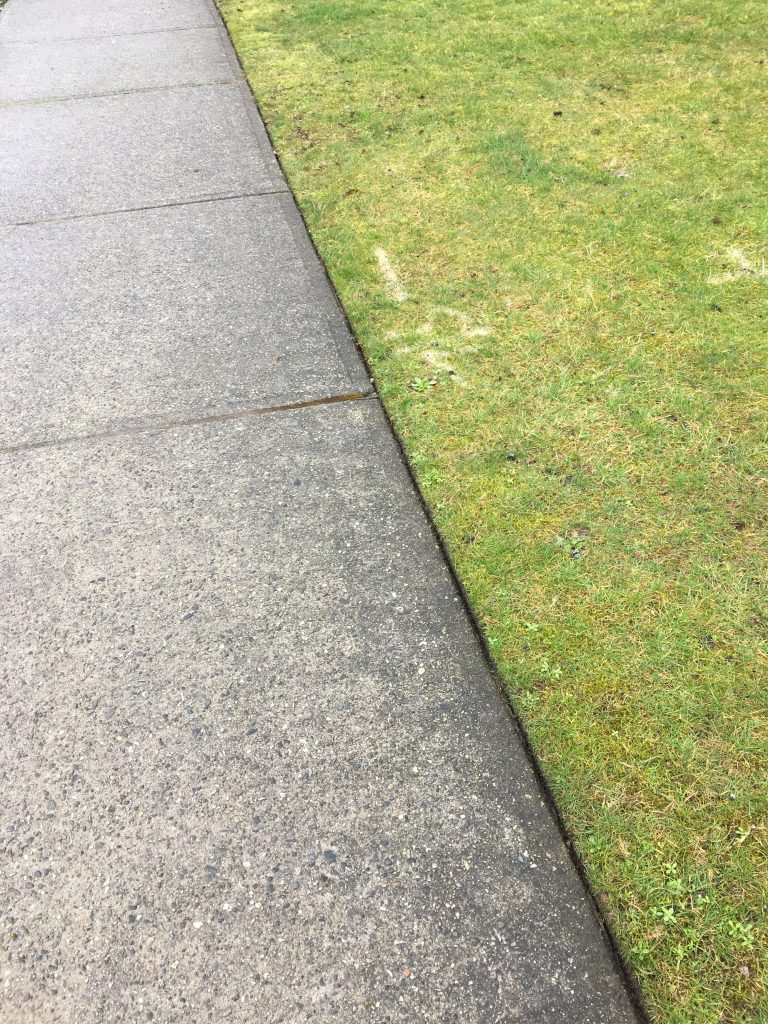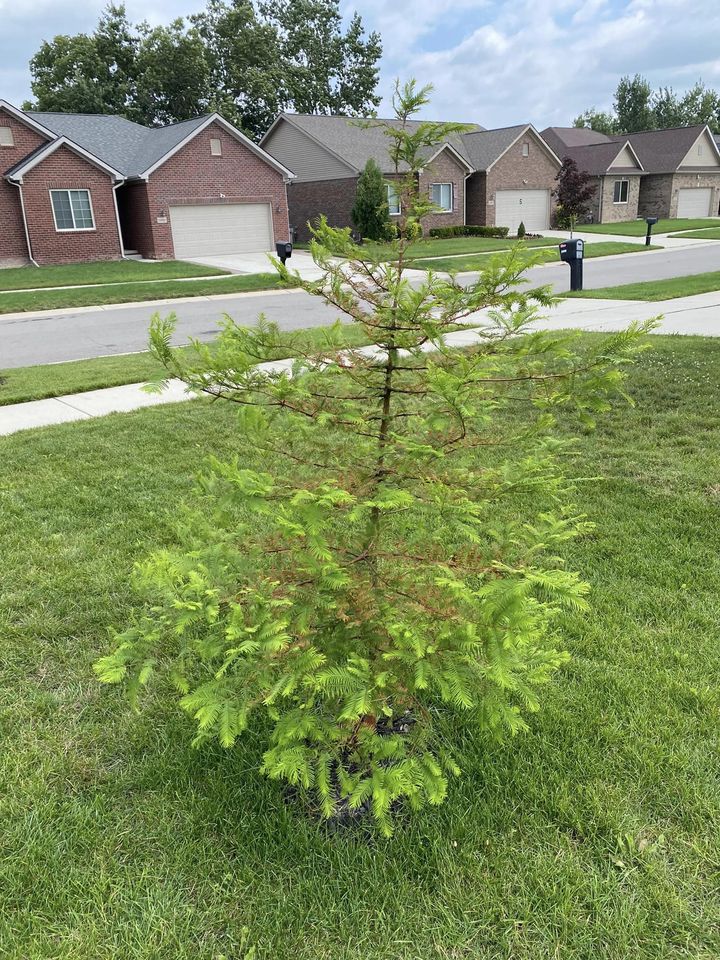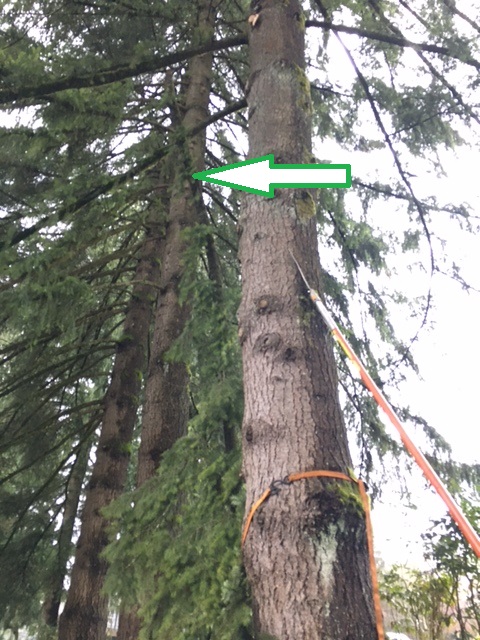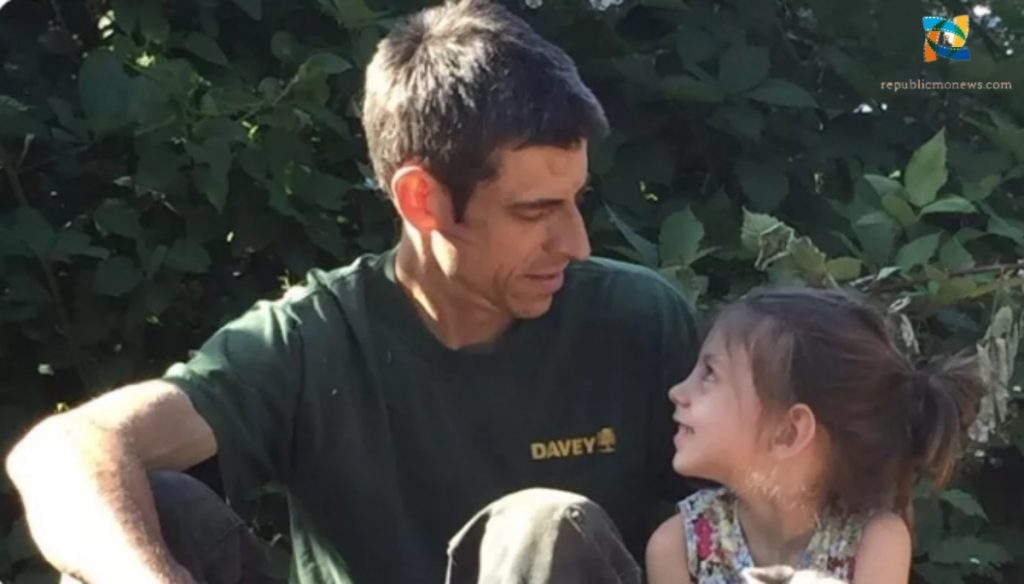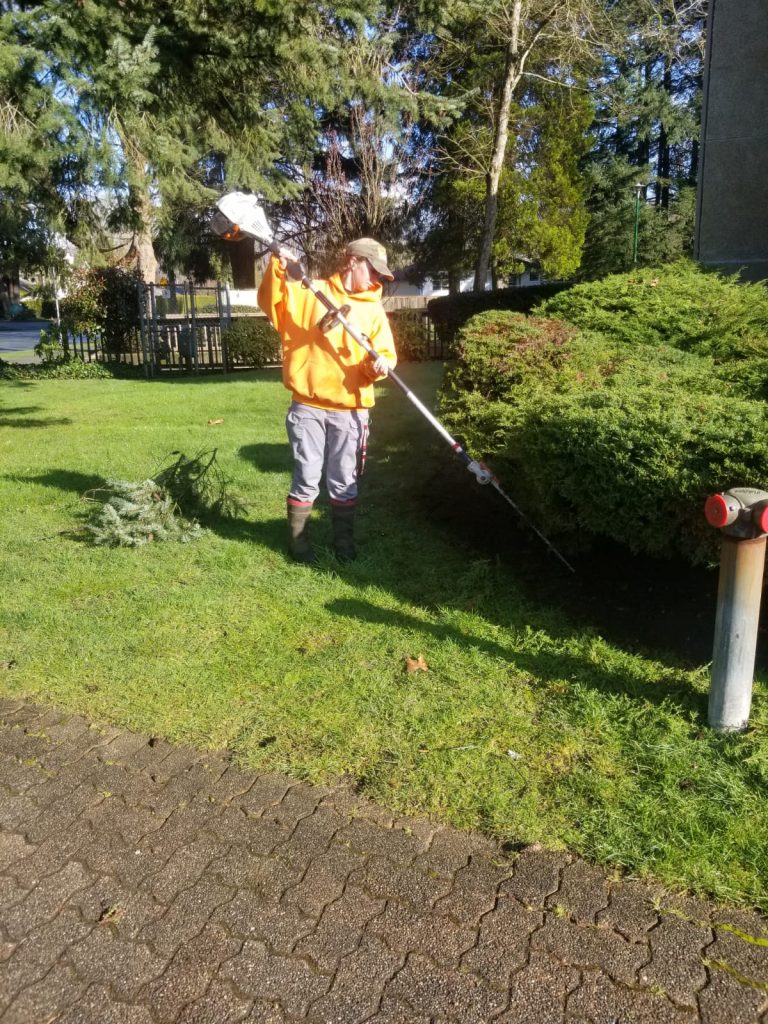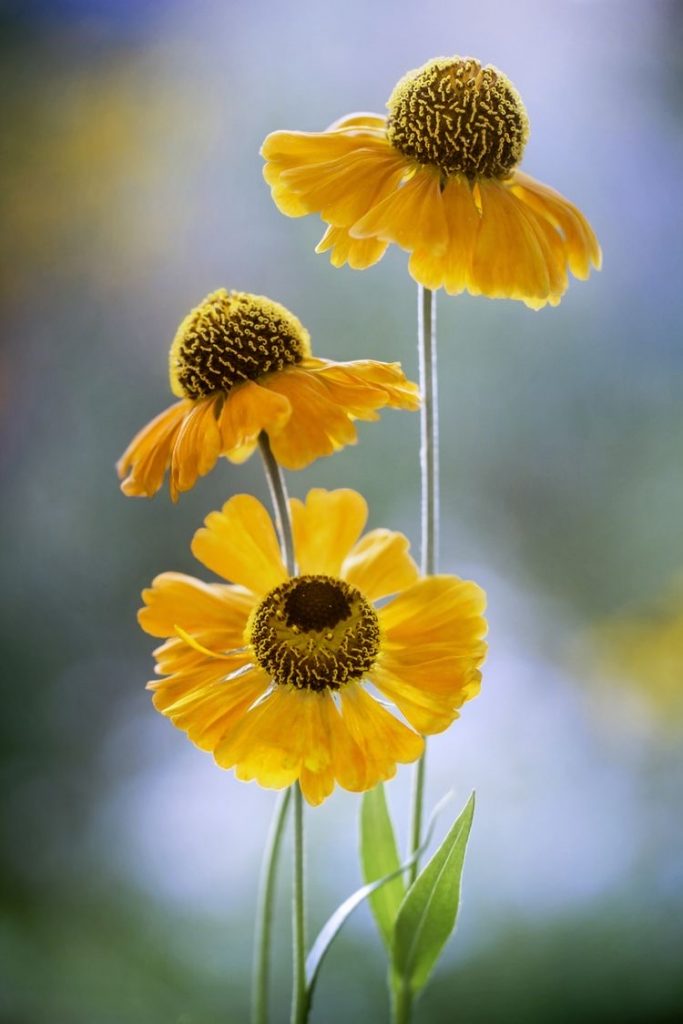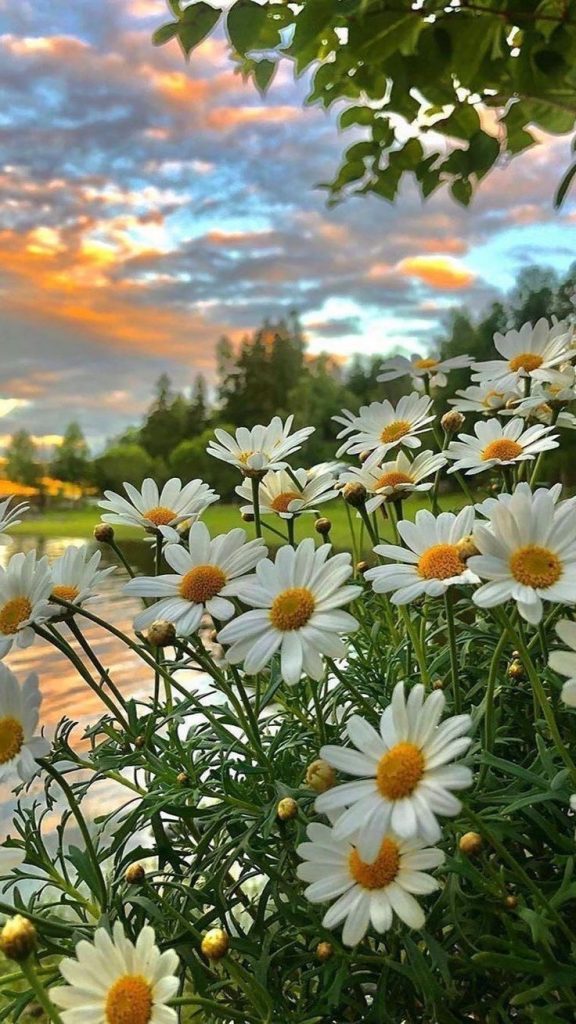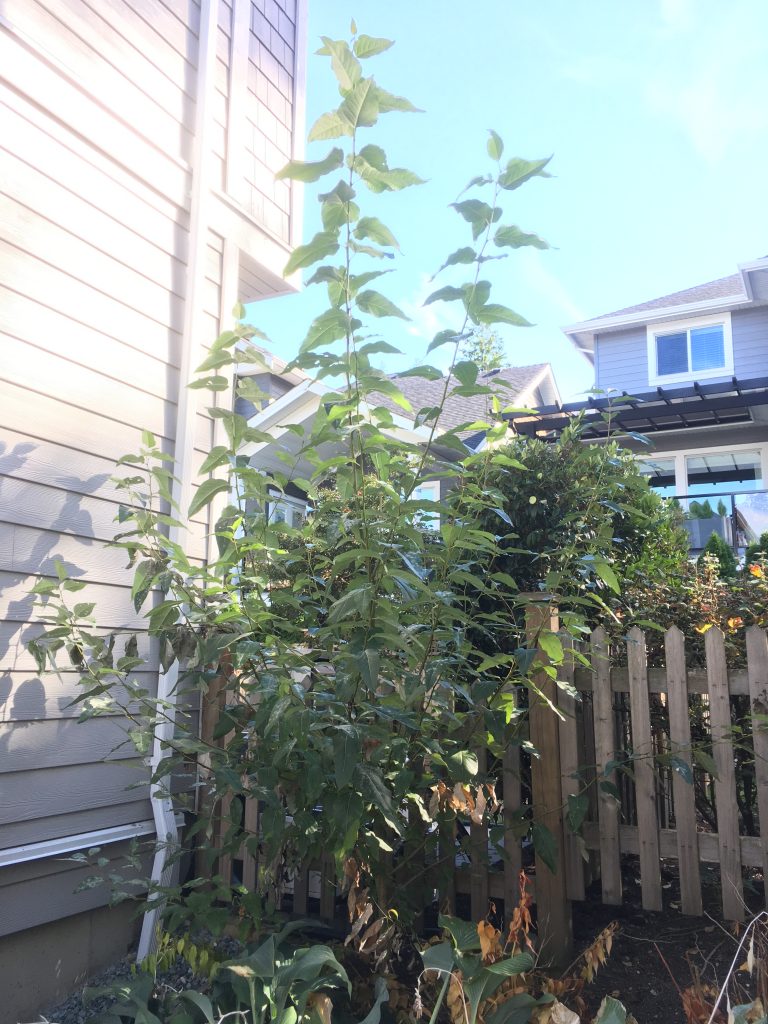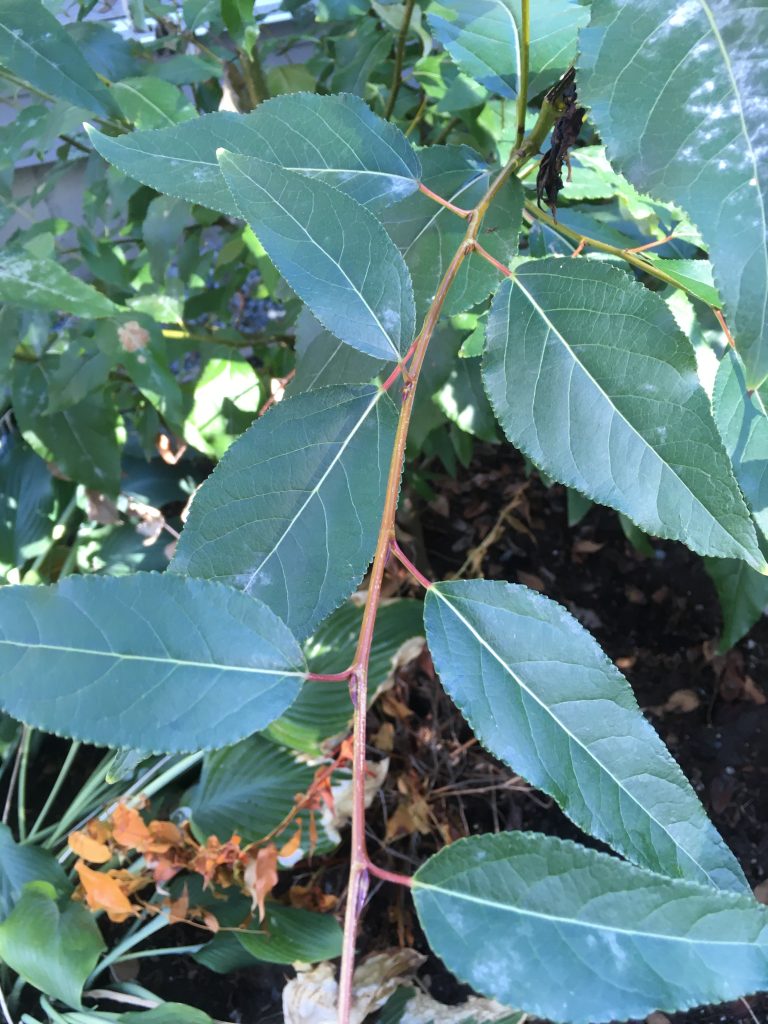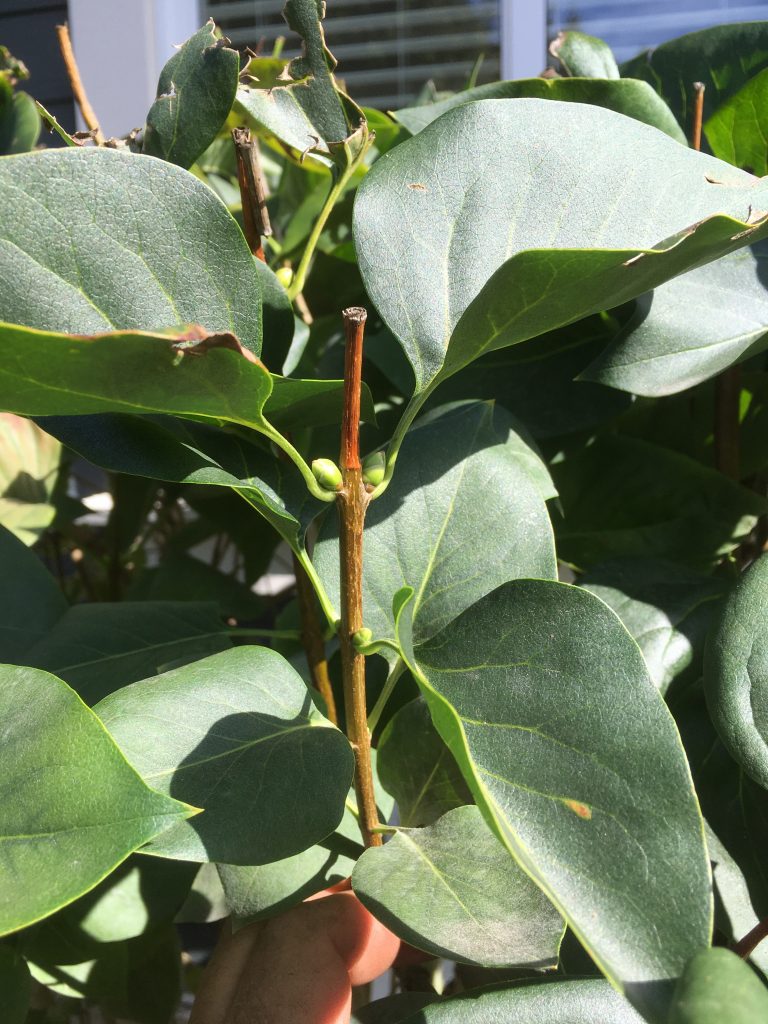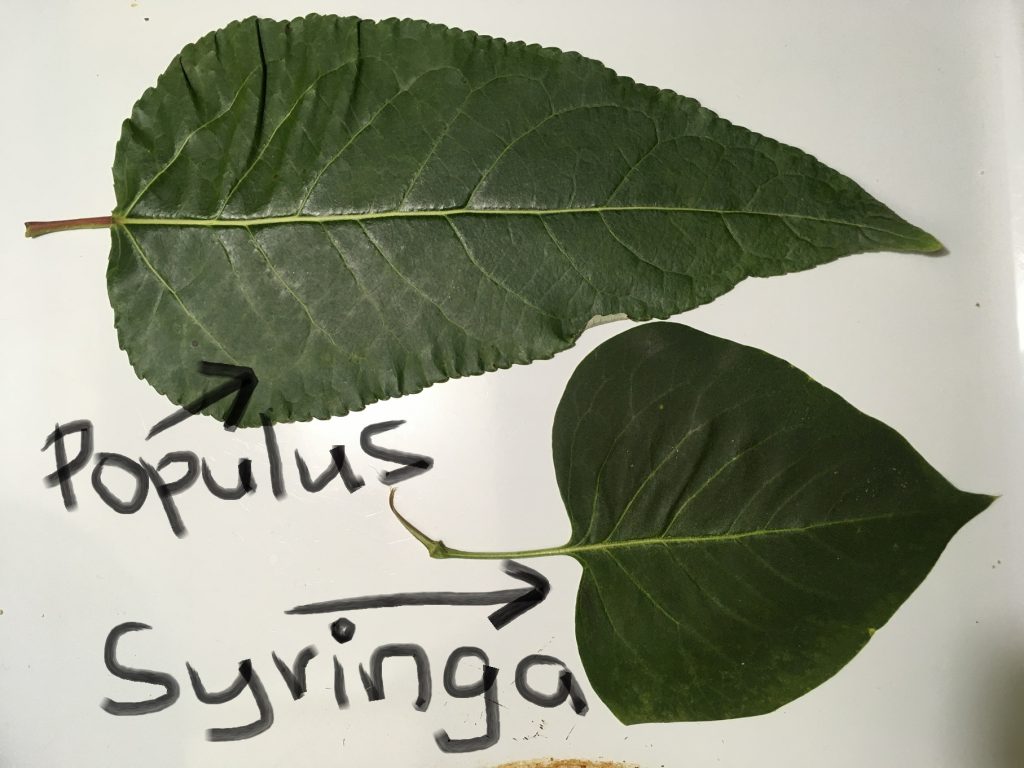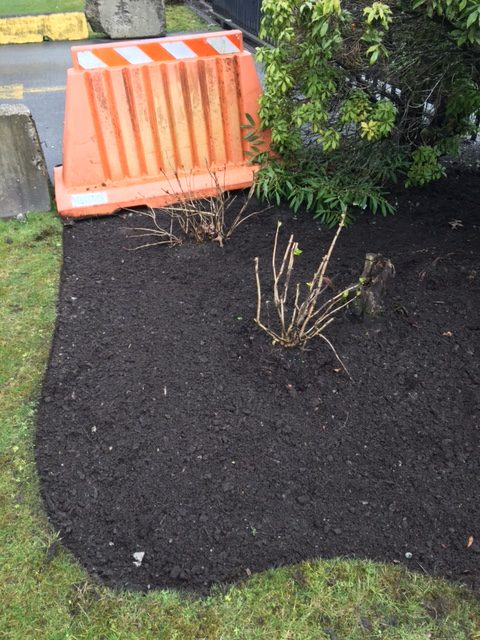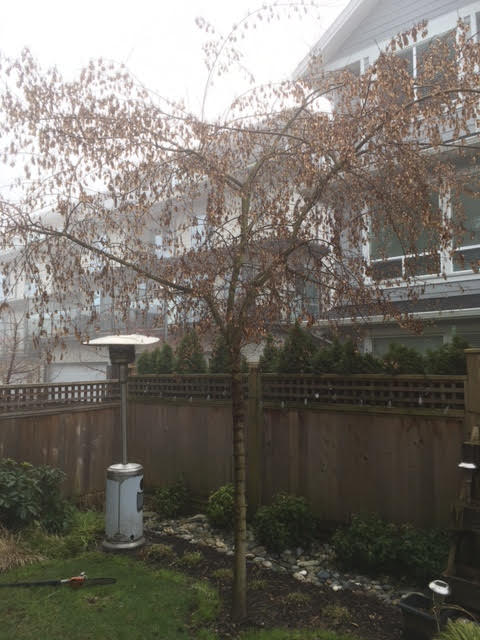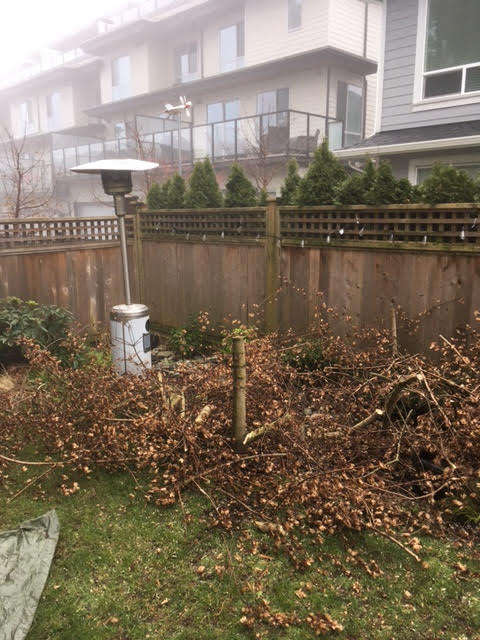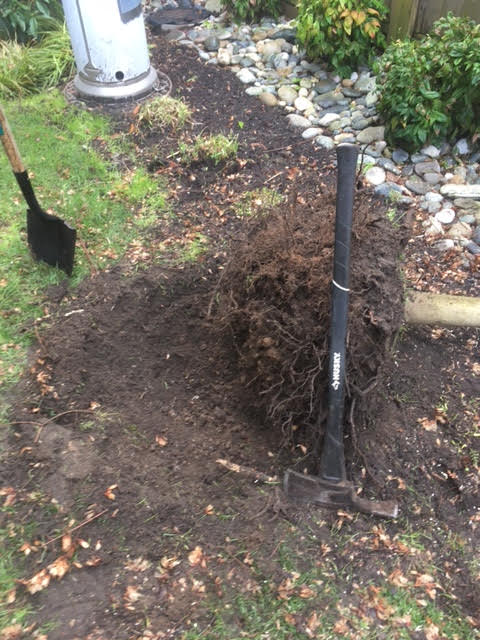Ideas
This year marks my 25th season in the landscape industry! And I’ve been trying to generate ideas on how to best celebrate this milestone since late 2023.
One idea is to publish and share more original content in the form of blog posts, new and edited e-books, one new online course and more YouTube videos. Another idea is to create T-shirts and other stuff to give away to clients, supporters and friends.
More ideas
If you happen to be in the same situation or will soon be, consider some of the points below for your own celebration.
- Reflect on Achievements:
- Take some time to reflect on your journey in the landscape industry. Consider the projects you’ve worked on, challenges you’ve overcome, and the personal and professional growth you’ve experienced.
- Host a Personal Retreat:
- Treat yourself to a personal retreat or getaway to recharge and reflect. Choose a location that brings you peace and inspiration, whether it’s a nature retreat, spa weekend, or a visit to a scenic location. For example, I’m planning a trip to California to see the state’s big trees.
- Professional Development:
- Invest in your continued professional development. Attend a conference, workshop, or training program related to landscaping or a skill you’ve been wanting to enhance.
- Create a Personal Garden Project:
- Design and implement a special garden project at your home or a meaningful location. This could be a space that reflects your personal style and passion for landscaping.
- Network and Connect:
- Reach out to colleagues, mentors, and individuals who have been part of your journey. Arrange a casual gathering or coffee meet-up to share stories, insights, and celebrate together.
- Document Your Journey:
- Create a personal portfolio or scrapbook that highlights key moments, projects, and achievements throughout your 25-year career. Include photographs, project plans, and any press coverage you’ve received.
- Host a Celebration Dinner:
- Invite close friends, family, and colleagues to a celebratory dinner at your favorite restaurant or a special venue. Share your experiences and express gratitude for the support you’ve received.
- Personal Branding Update:
- Update your personal branding materials, such as your resume, LinkedIn profile, and portfolio. Showcase your 25 years of experience and the skills you’ve acquired along the way.
- Give Back:
- Contribute to a community project or volunteer your landscaping skills for a local cause. This is a meaningful way to celebrate your expertise while making a positive impact.
- Professional Photoshoot:
- Arrange for a professional photoshoot to capture your personality and expertise. Use these photos for your professional profiles, website, or promotional materials.
- Educational Event:
- Share your knowledge and experience by hosting a small educational event or workshop for aspiring landscapers. This could be a way to give back to the industry and inspire the next generation.
- Celebrate with Nature:
- Plan a day outdoors to reconnect with nature. Whether it’s hiking, camping, or simply spending time in a botanical garden, immerse yourself in the beauty that inspired your career.
2024, here we go
It’s still early in 2024 and with colder temperatures coming in a few days, I expect to have time to plan out my celebrations. It’s been quite a ride from 2000 to 2024. Stay tuned! And message me if you think of a great way to celebrate.










